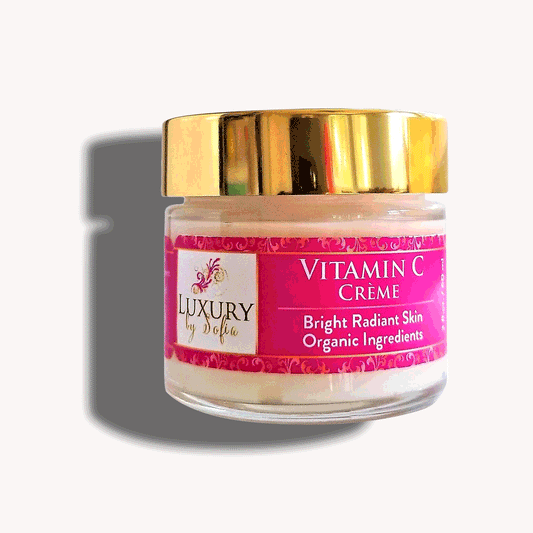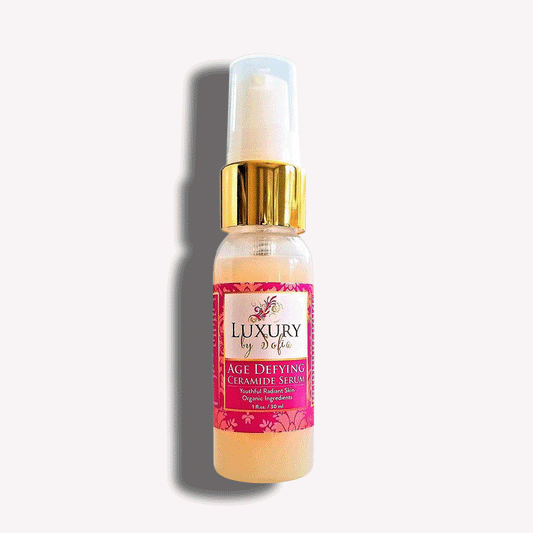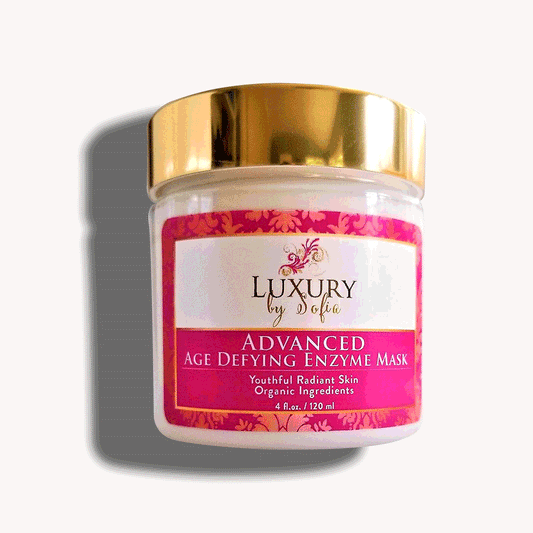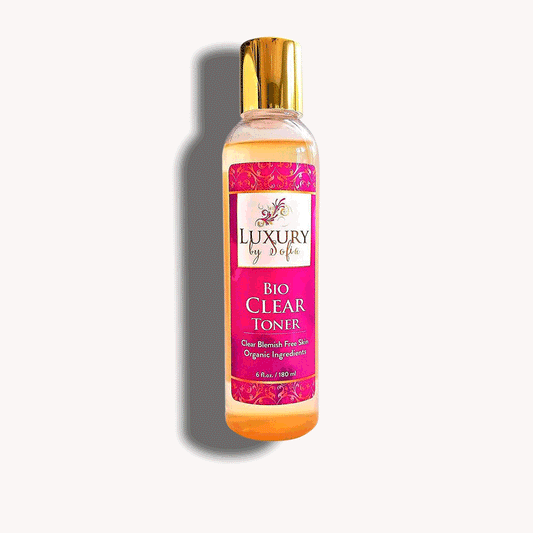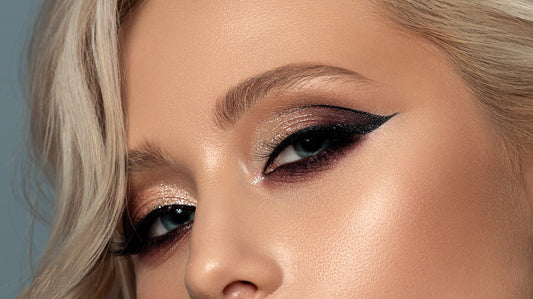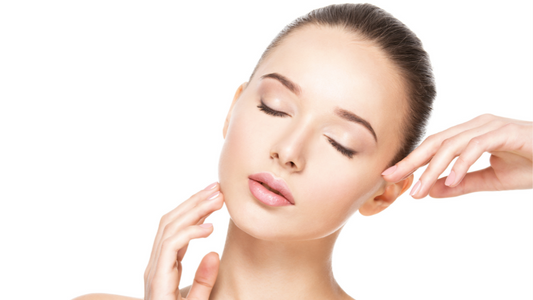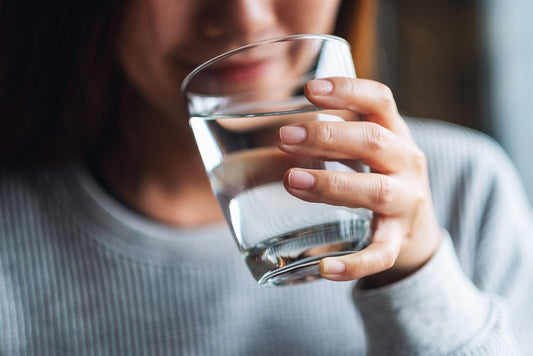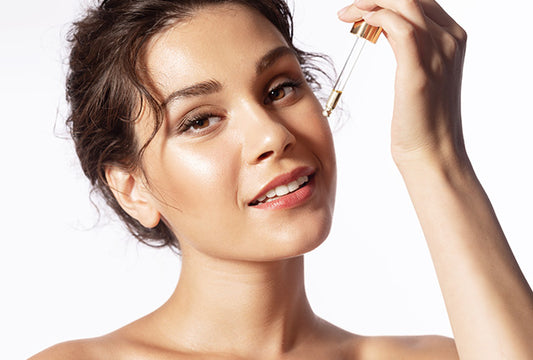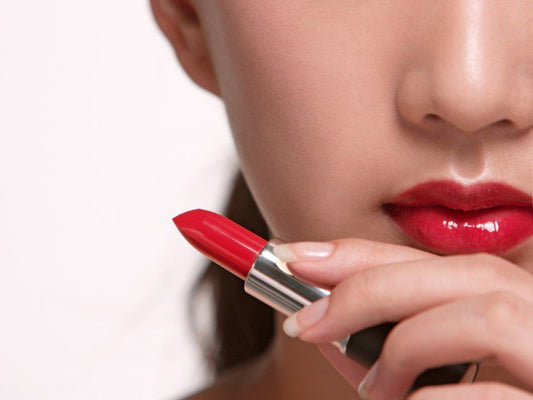
Clean beauty does not have to be stressful.
Getting to know common skincare irritants is a good first step to take confusion out of your next beauty haul. Environmental Working Group (EWG) claims that we are exposed to over 126 ingredients a day and “this exposure accumulates over time and so it is important for people to opt for products that are cleaner and better for our health,” says Yashi Shrestha, research scientist and green cosmetic chemist.
As such, Luxury by Sofia has rounded up the top 9 ingredients to avoid when building your clean beauty routine.
1. Talc
Talc is a skin irritant that not only aggravates the skin, it causes problems when it comes into contact with your eyes and when inhaled.
Dr Purvisha Patel, board-certified dermatologist explains, “Those that may have irritation when it is used in the folds of skin are people who tend to have sensitive skin reactions and hive easily. The rubbing of the particles may cause increased irritation to them. The concern with cosmetic talc in makeup and hygiene products is when it is inhaled, as it might cause respiratory problems and lung disease. It can also irritate the eyes."
2. Petroleum
Petroleum penetrates the skin and delivers 1,4 Dioxane into the bloodstream. This impurity is found in many petroleum-based beauty products and is a known carcinogen. While some may say that the amount of petroleum in cosmetics are minimal, there is no conclusive study that shows we are safe from chronic low-level exposure to this toxic compound. Moreover, petroleum is occlusive and increases the risk of pore congestion which can trigger acne breakouts.
3. Synthetic Fragrance
Scents that are artificially engineered are classified as synthetic fragrance. If ‘fragrance’ or ‘perfume’ is present in the ingredient list, then it is likely that synthetic fragrance is infused in the product. Made from chemical ingredients, artificial fragrances are common allergens especially for people with sensitive skin and have been identified as hormone disruptors.
4. Phthalates
DBP, DEHP and DEP are different forms of phthalates. This class of chemicals are added into cosmetics to make fragrances stick to your skin or to make products more pliable. Research indicates that it disrupts your endocrine system and may be toxic to organs.
5. Parabens
Parabens can appear on ingredient lists as Methylparabens, Isobutylparabens or Proplyparabens. This family of preservatives are infused into beauty products to prevent the growth of bacteria and mold. This potential allergen affects our hormone mechanisms when it penetrates our skin barrier.
6. PEG Polyethylene Glycol
PEG is a commonly used product thickener and moisture-carrier. It also acts as a solvent or softener. Known to carry carcinogens, this ingredient may have long-term impacts on your health if used over a prolonged period of time.
7. Formaldehyde
Acting as a preservative, formaldehyde is a carcinogen linked to asthma and neurotoxicity. Formaldehyde is a potential irritant to your skin and eyes as well and should be avoided.
8. Sodium Lauryl Sulfate (SLS)
SLS is a foam booster and cleansing agent. It is usually formulated in cleansers to make them foam up when in contact with water. While foaming cleansers deliver an instant sensation of refreshed skin, it is known to dry out your skin and cause irritations and allergic reactions.
9. Odium Laureth Sulfate (SLES)
Similar to SLS, SLES dries out the skin and causes irritations. It is also contaminated with 1,4 Dioxane, a carcinogen that may lead to severe health impairments.
10. Lead
Lead is a harmful ingredient to be avoided at all costs. If it enters the bloodstream, this carcinogen can impair your health by damaging your kidneys, blood and nervous system.
Luxury by Sofia is committed to delivering the best of clean beauty. Our organic skincare and makeup do not contain any of these harmful ingredients so you can enjoy a peace of mind when shopping with us.

